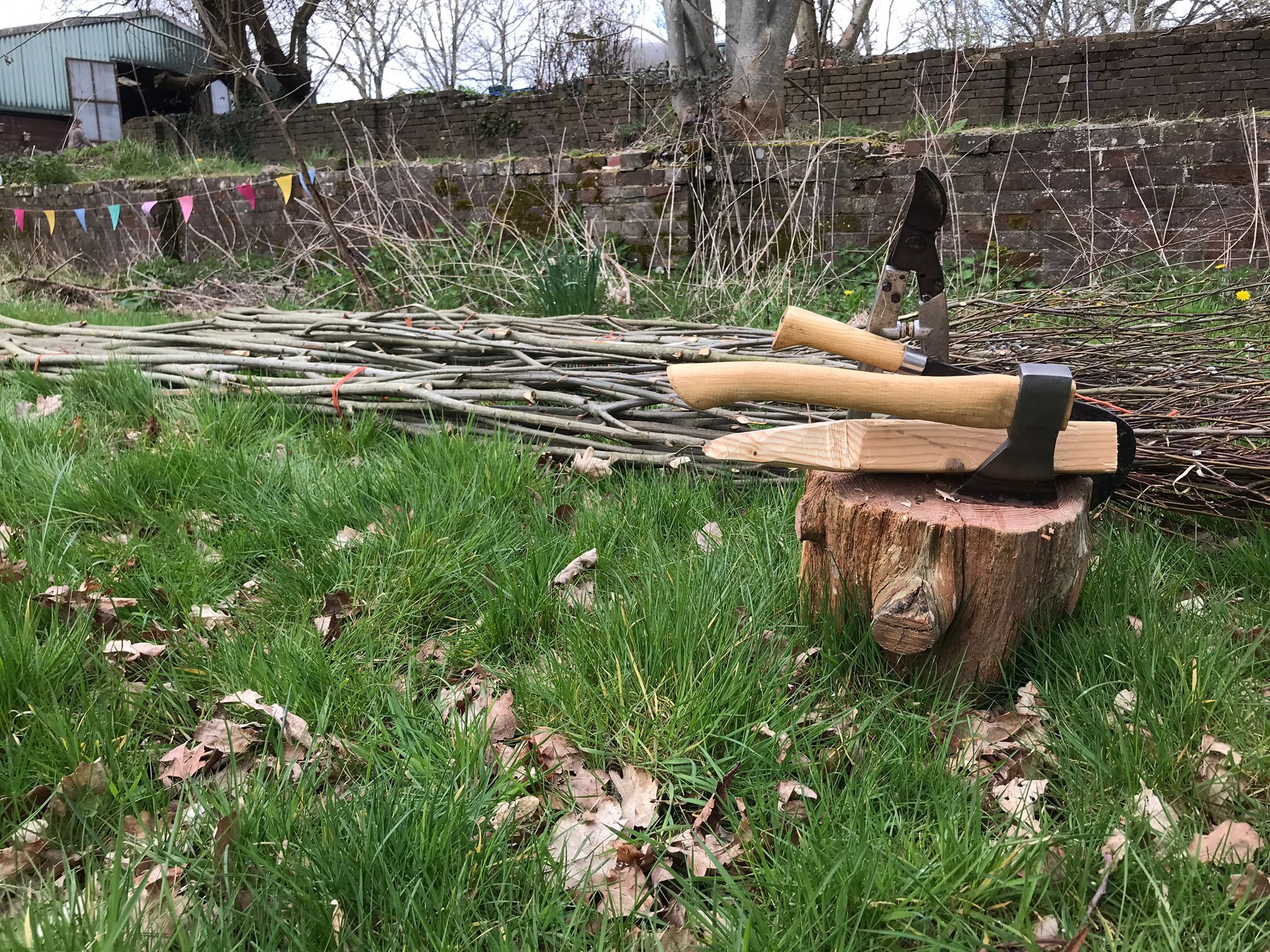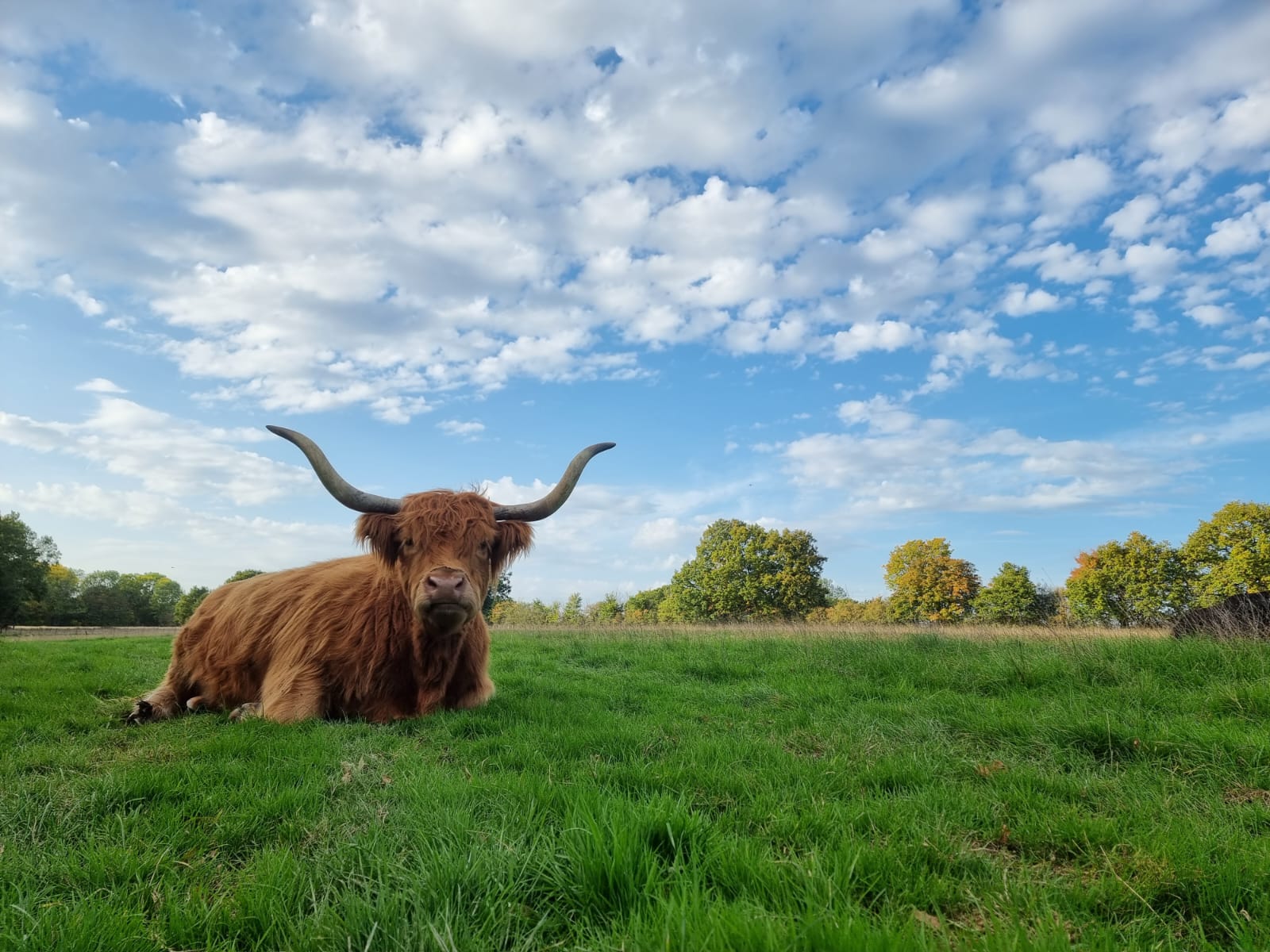From the Blog
Regenerative Agriculture is a way of farming that restores soil health, boosts biodiversity, and captures carbon, while producing nutritious and local food. It demonstrates that we can feed ourselves and care for the planet at the same time. Unlike conventional farming, which often depletes the soil and relies heavily on chemical inputs, Regenerative Agriculture is based on principles such as permaculture and agroecology, which use biology as a solution rather than chemistry. These practices work with nature, rather than against it, to create a more sustainable and resilient agricultural system.
One of the key aspects of Regenerative Agriculture is agroforestry, which integrates trees and crops on the same land. Agroforestry can provide multiple benefits, such as enhancing soil fertility, increasing crop diversity, creating wildlife habitats, and reducing erosion. Trees play a crucial role in maintaining the water cycle and preventing soil degradation, which are essential for long-term agricultural productivity. By incorporating trees into farming systems, agroforestry also helps to sequester carbon, mitigating climate change.
In addition to agroforestry, Regenerative Agriculture includes practices such as cover cropping, crop rotation, and reduced tillage. Cover cropping involves planting crops that cover the soil rather than leaving it bare, which helps to prevent erosion, improve soil structure, and increase organic matter. Crop rotation, the practice of growing different crops in succession on the same land, helps to break pest and disease cycles and improves soil health. Reduced tillage minimizes soil disturbance, preserving soil structure and protecting beneficial soil organisms.
We are excited to announce that we have plans to plant over 6,000 trees around the estate by 2027. This initiative will not only contribute to the goals of Regenerative Agriculture but also enhance the beauty and ecological health of our landscape. If you want to learn more or get involved, please join our mailing list! By embracing Regenerative Agriculture, we can create a food system that nourishes both people and the planet.



